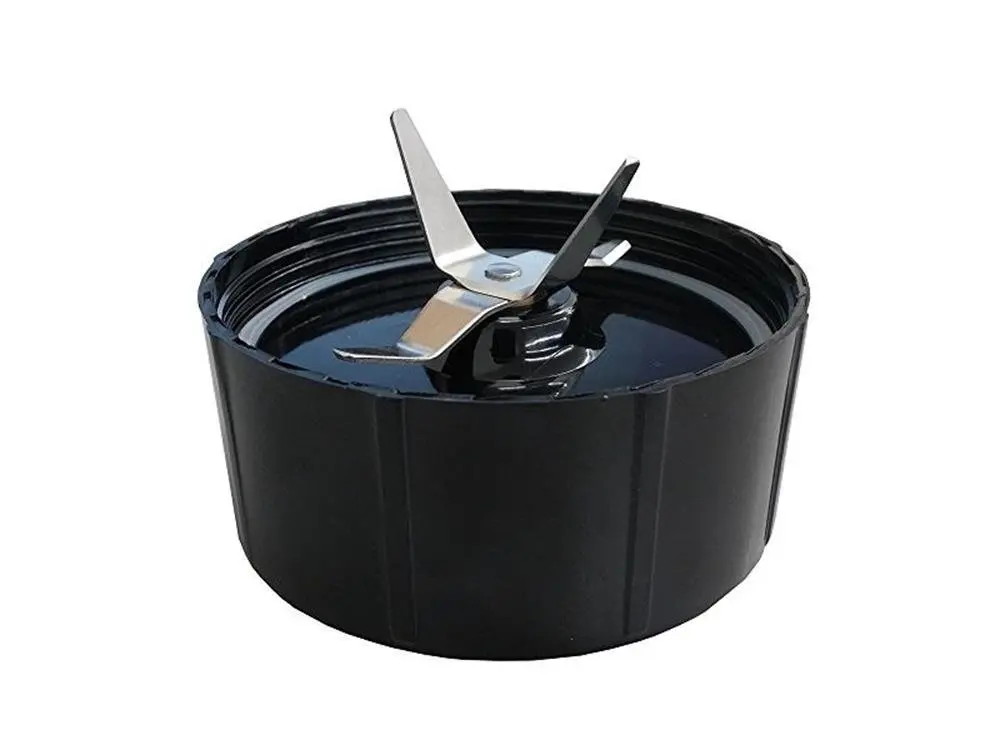


The clone is achieved by using the Depth at each point in the render to displace the texture and using Alpha Over to combine with the previous image (so that it's a clone rather than just displacement). For my initial renderings I simply used a Distorted Noise texture as shown : The distance between copies will fool the eye into seeing the depth at that point. One edge of it will be used to clone and repeat over the final image to produce the effect (depending on which direction we're going to clone left-right or right-left).

This can be any image but it needs to have enough contrast and detail. We can achieve this in the compositor by using the Depth information from the render to control the offset of a Displace operation to clone the seed texture across the image. The wider the spacing between 'clones', the further 'into' the page the surface will appear. This is achieved by using a 'seed' texture at one side of the image and cloning it across the page based on the 'depth' of the original rendering at that point.
#MAGIC PHOTO BLENDER FULL#
The same principle is behind a full "Magic Eye" image - where two adjacent and almost identical sections of the pattern coincide from both eyes to fool your brain to perceive depth. Note that for this to work your head must be aligned left-right to the horizontal of the image. This is essentially what you need to do with a "Magic Eye" picture - but with the repeating pattern coinciding with the adjacent almost identical clone of the pattern. Relax your eyes so that you're looking "through" the screen so that one eye is focussing on the middle one but the image of the left or right-hand one (which one you find easier will probably depend on your "dominant" eye) crosses over to coincide with the middle one and you should see 4 monkey heads (you may need to position your head closer or further from the screen for this one). This can be demonstrated by looking at the following image : Let’s start by looking at import options in the next tutorial.A "Magic Eye" image encodes the depth information into the repeating horizontal pattern such that "going cross-eyed" and matching up adjacent copies of the image fools our eyes into interpreting it as "depth". Please note that only the export options will show up, because preview mode disallows any edits to the scene, and thus disallows importing assets into the scene. Tap on the import/export button in the lower right corner.In 3D editor, tap on the Preview button in the bottom left corner to enter preview mode.Choose Import/Export Menu from the list.In 3D editor, tap on the "Main Menu" button in the top left corner to bring up the list of menus.Open the Import/Export menu From Main Menu You can export your scene as an OBJ for further use in Maya, Blender or similar programs. OBJ: OBJ is one of the most widely used 3D file formats.mp format and back it up to your devices. You can export any 3D scene from the app in. Magic Poser scene files (.mp): Magic Poser files (.mp) is our proprietary file format that you can import/export with our program.You can export your scene into a high resolution PNG image for further use in Procreate, Photoshop or similar programs. PNG: PNG is one of the most widely used 2D image formats.Magic Poser files (.mp): Magic Poser files (.mp) is our proprietary file format that you can import/export with our program.This can be save a huge amount of time if you have a background or a pose that you use repeatedly in all your scenes. Local files: You can import another 3D scene in " My Files" into the current 3D scene you are working on.

Let's look at the various files you can import / export with Magic Poser.
#MAGIC PHOTO BLENDER SOFTWARE#
It is essential when it comes to integrating Magic Poser with another software that you already use for your creative flow, such as Procreate or Blender. The Import/Export menu allows you to import and export files in 2D and 3D formats.


 0 kommentar(er)
0 kommentar(er)
